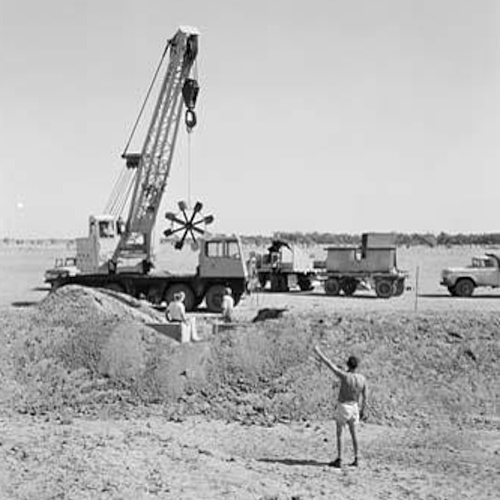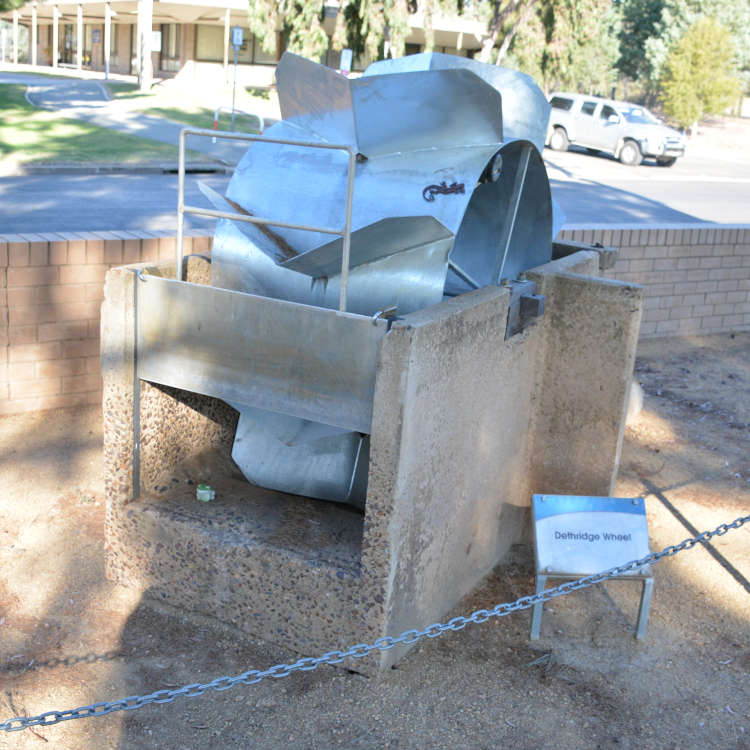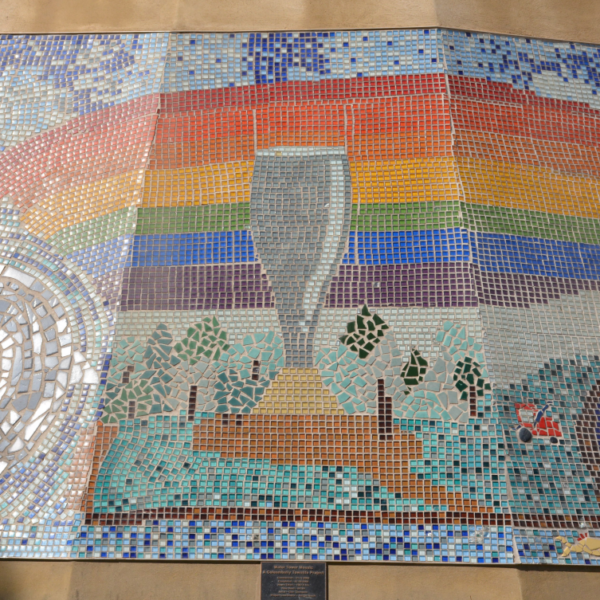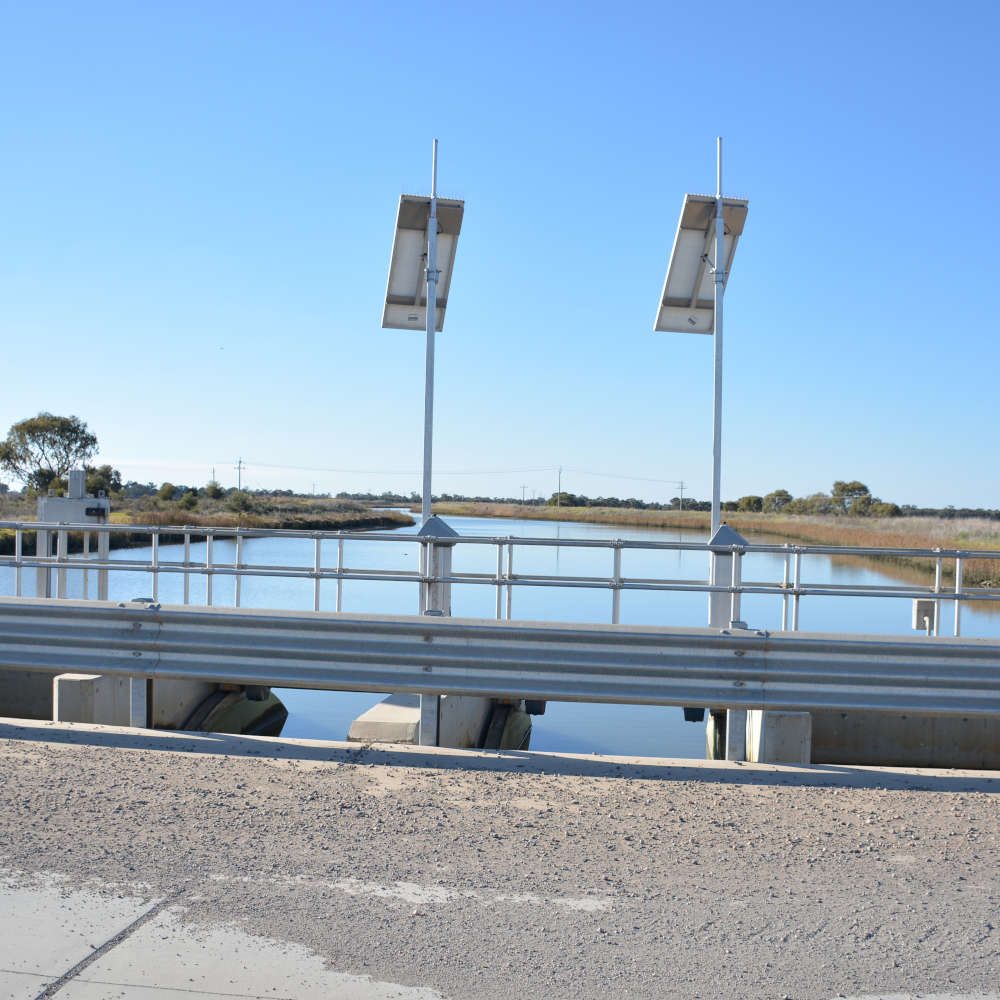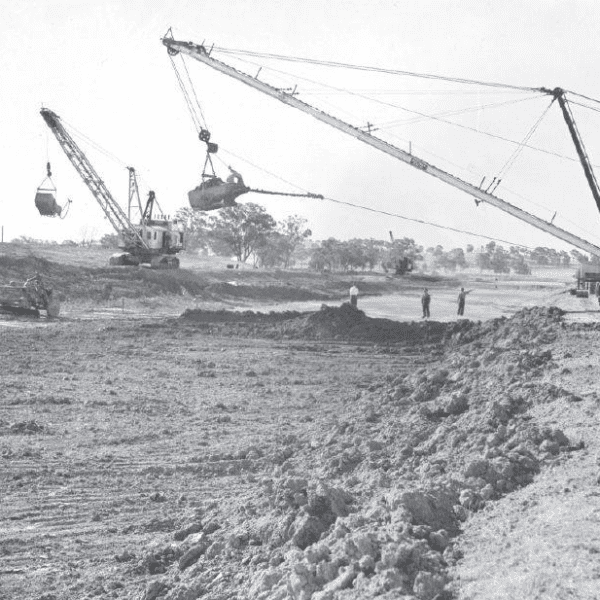History
History of Coleambally
The story of Coleambally is a story built on water. The community was explicitly built to take advantage of the additional water made available by the Snowy Mountains Scheme.
The scheme called for the water of the Snowy and Eucumbene Rivers to be diverted inland through a series of tunnels and dams, under the Great Dividing Range, and into the Murray and Murrumbidgee Rivers. The scheme has since been described as one of the Seven Engineering Wonders of the World.
1958 – Construction of the main channel got underway with four large Ruston Bucyrus Erie draglines doing the bulk of the excavating.
1959 – The first farms in the CIA were taken up. Farms were allocated using ballot system and generally “new irrigation settlers in the CIA were young married couples with children”. 875 farms were originally surveyed for allocation by ballot.
1959 – Gogelderie Weir (which is the weir in the Murrumbidgee River used for diverting water into the CIA) was completed and officially opened.
1960 – First water delivered onto the CIA farm through the dethridge wheel.
1968 – The town established to service the farmers and families in the Coleambally Irrigation Area. The town is a planned community with gardens and streets named after local birds.
1968 – Construction of water tower
1969 – Coleambally Rice Mill opened
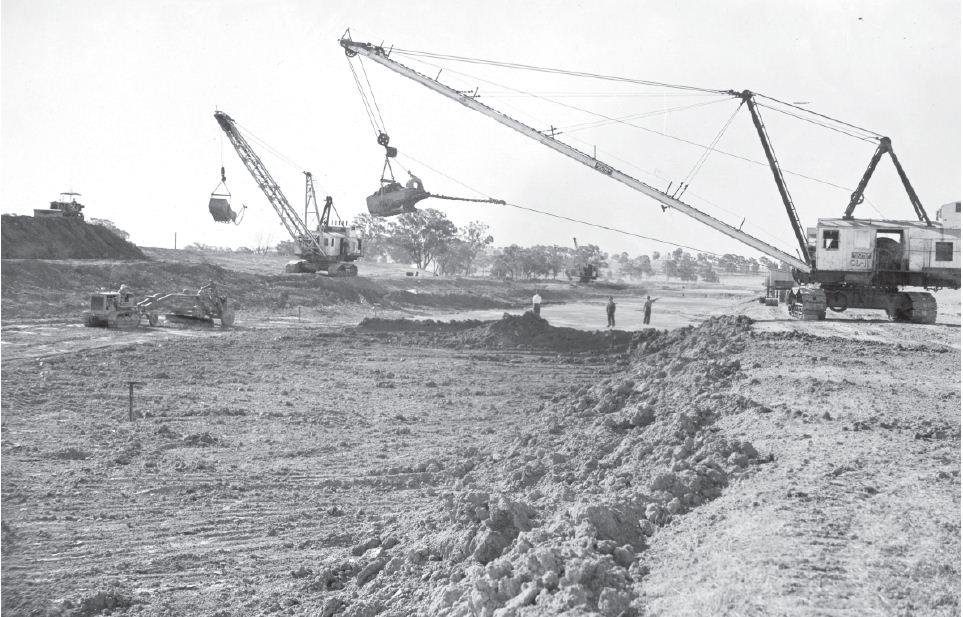
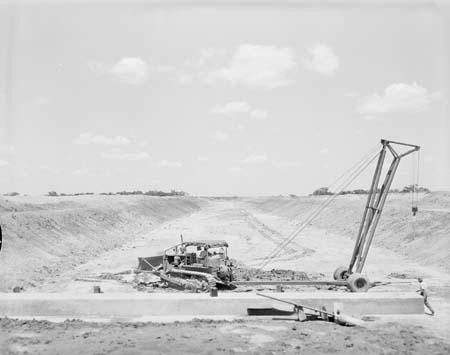
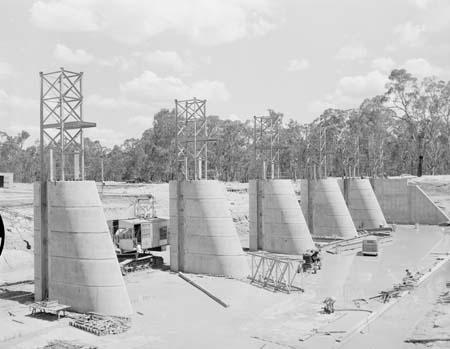
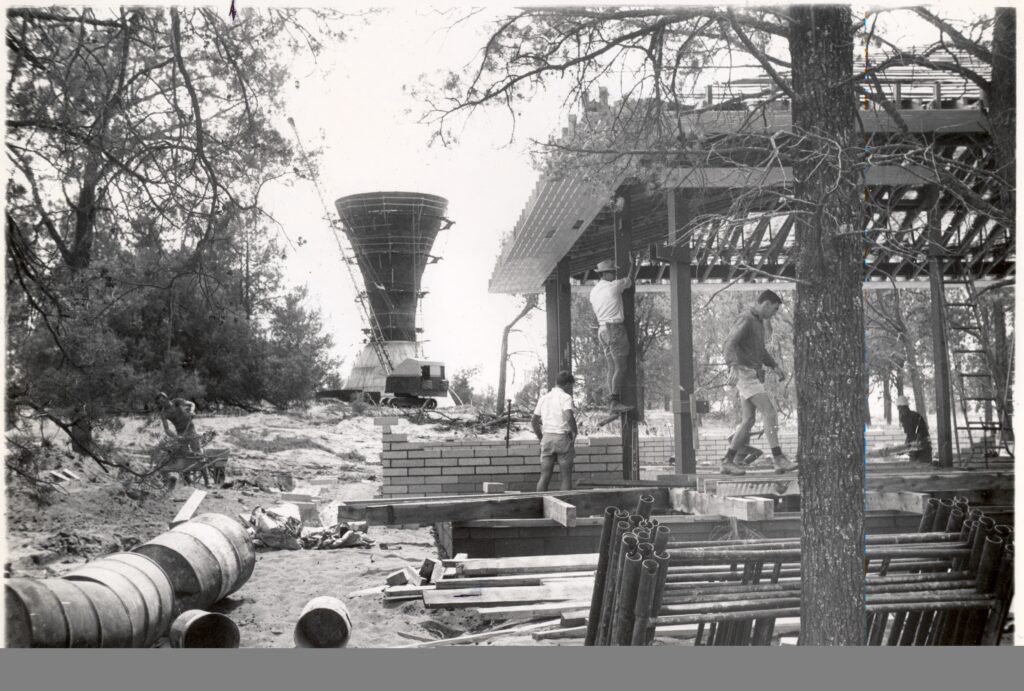
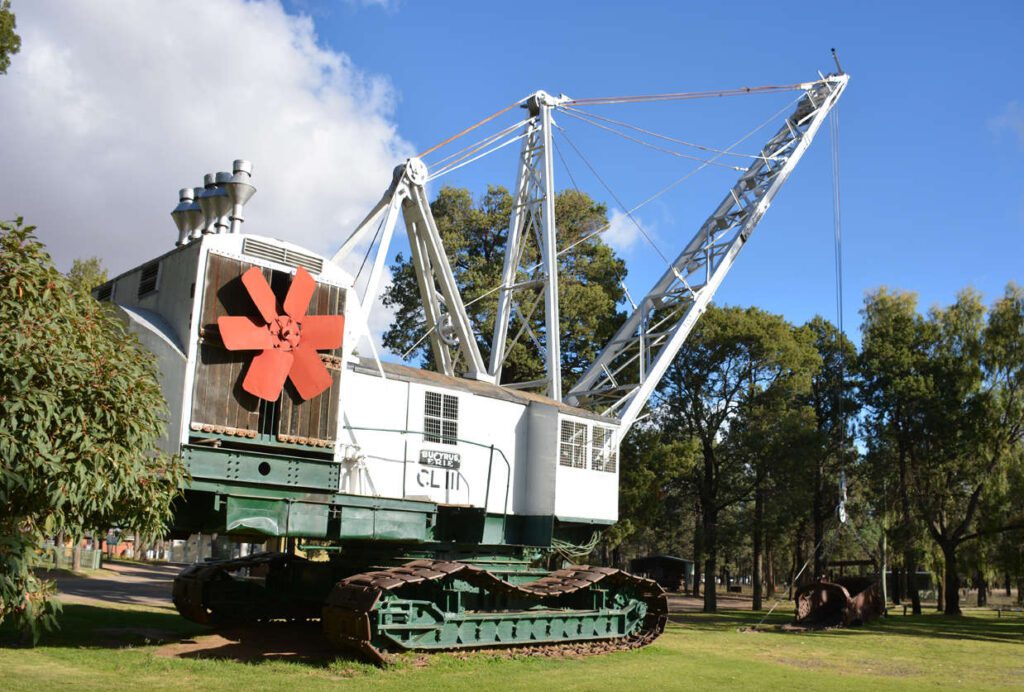
There were 4 Bucyrus Eri Draglines imported from the USA in 1935 for the excavation of the Mulwala Canal In the Murray valley
At the completion in 1958 they left Deniliquin and headed for Darlington Point in a convoy of 4 Draglines a D8, a grader a couple of sheds on skids and a sundry of motor vehicles .
There were many obstacles on the way. Channels that had to have earth crossings made with the biggest obstacles being the Billabong Creek and the main interstate telephone lines which at the time ran along the Conargo Jerilderie Road.
Telstra refused to shut them down for a day to let them pass so they dug a big hole underneath them . The Billabong was crossed by building a bank out to an island, transferring the convoy to the other side when everyone had crossed to the island
At a stopover at Yamma Station one of the Draglines started a fire that burnt 3500 acres. Then on to the Murrumbidgee River where they were met by local media .
